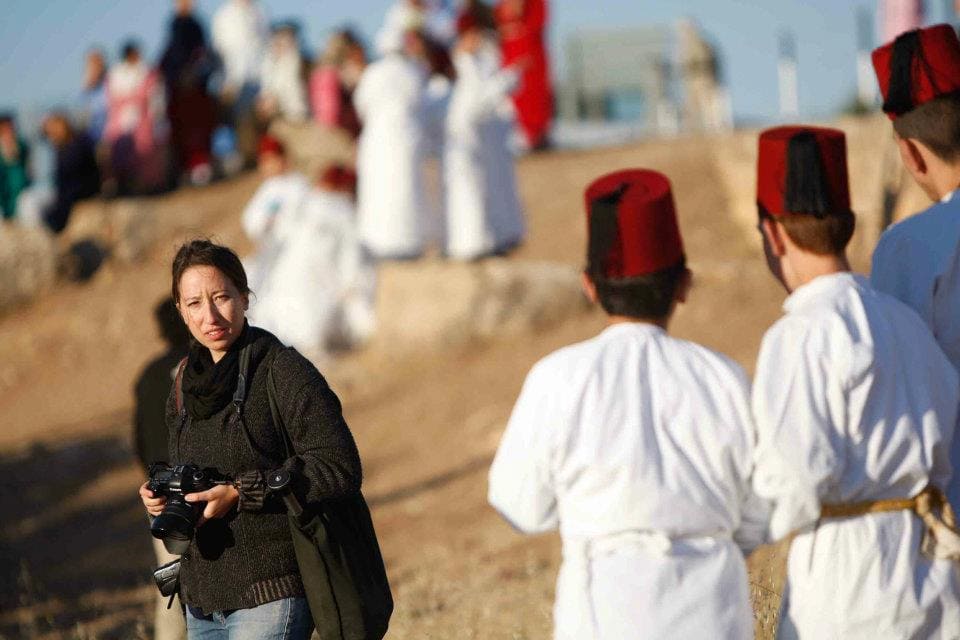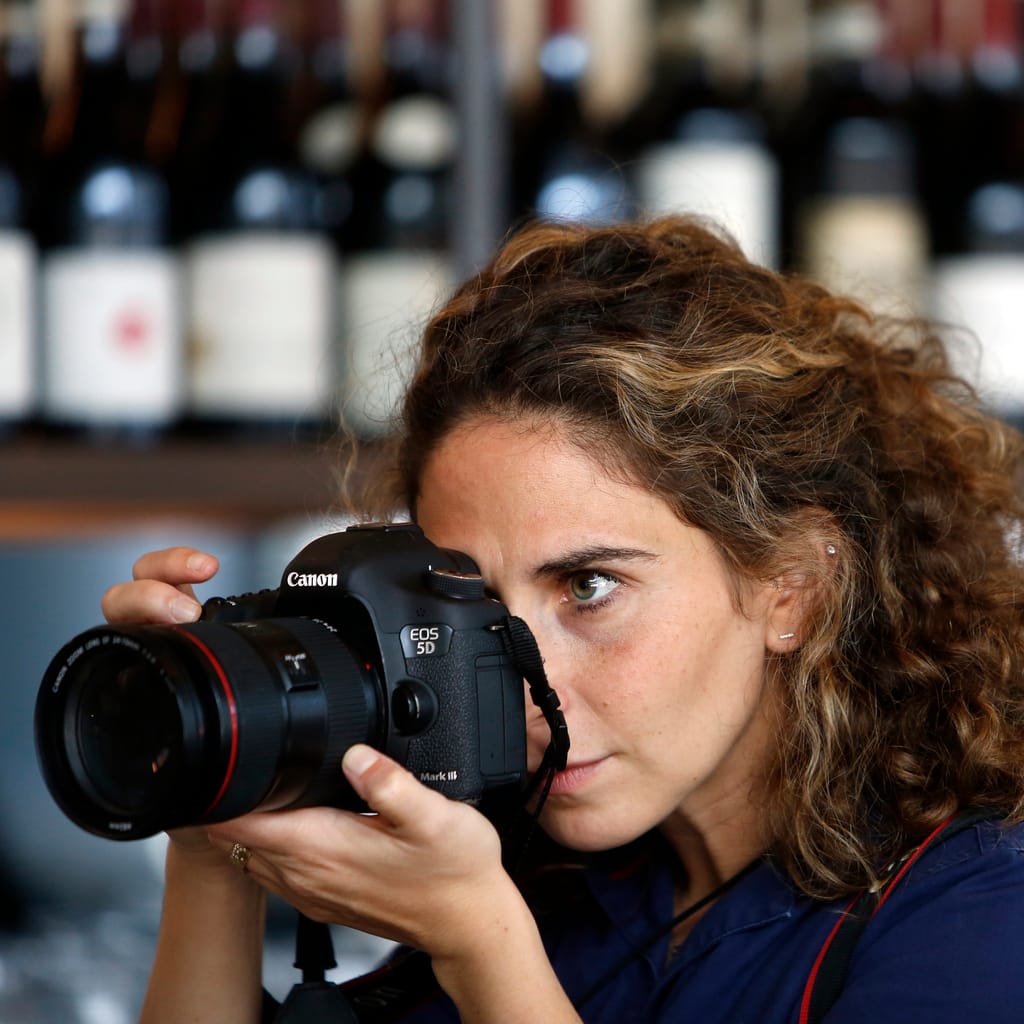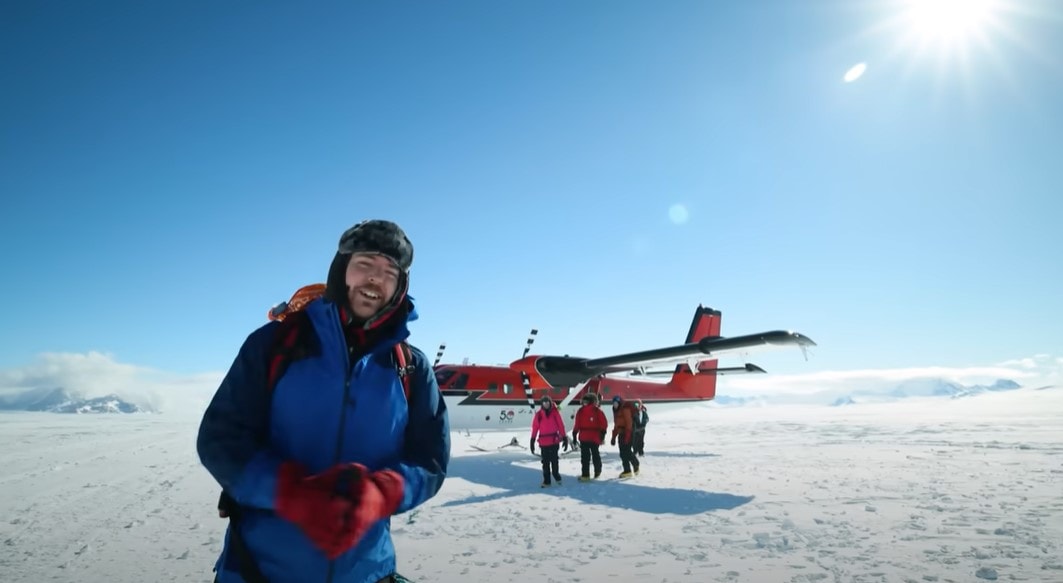When yet another earthquake rocked southern Turkey this past Monday, those of us in Istanbul couldn’t feel anything except for the vibration of our emergency mobile apps, buzzing in our pockets. It was still enough to trigger anxiety in the collective consciousness of the city, where anyone over the age of 30 can recall the horrors of the quake that struck in 1999, killing anywhere between 17,000 and 45,000 people – depending on whether you believe the official or unofficial estimates.
Now many of us have a list of questions about the current tragic situation, namely how high will the death toll rise? Just how widespread is the destruction? And how did so many buildings crumble on top of themselves? And while the pictures coming from the quake zone already say so much, visual storytellers are adding further context to the disaster that can’t be captured with a lens — employing everything from simple graphs and animation to artificial intelligence and machine learning. Here’s a glimpse of what that’s able to tell us:
How the earth tore apart:
So much attention is paid to the ground shaking, that it’s important to note that the rumbling is caused by the earth moving at a relatively far distance. Reuters took data from the UK Centre for the Observation and Modelling of Earthquakes, Volcanoes and Tectonics to detail how hundreds of miles of earth fractured, and moved 23 feet in opposite directions.
The agency’s models also show where this split tore through villages and settlements; and compared the scope of the affected area up against maps of Florida, South Korea, Portugal, and Malaysia – just to name a few.
Why so many homes were (and still are) a house of cards:
Vox created this explainer video to unpack why thousands of buildings seemingly imploded. The narrator briefly describes the structures in Syria that were weakened by the prolonged civil war, and those in Turkey that were haphazardly built to shelter Syrian refugees. However, Vox uses architectural animation to delve into “soft story structures” that experienced a “pancake collapse.”
It helps us understand why this building design has so far led to the arrests of more than 160 people, and levied heavy criticism against Turkish President Recep Tayyip Erdogan.
That AI really can aid rescue efforts:
MIT’s tech policy reporter, Tate Ryan-Mosely, was initially skeptical over claims that artificial intelligence could help rescue efforts. However, she writes that a tool by the U.S Department of Defense called xView2 seems to be effective:
It uses machine-learning algorithms in conjunction with satellite imagery from other providers to identify building and infrastructure damage in the disaster area and categorize its severity much faster than is possible with current methods.
The tech has reportedly been used in a number of areas in the quake zone, in particularly two UN search and rescue teams in Adiyaman, Turkey.
Perhaps when the next quake will come:
Sometimes a simple timeline, devoid of the bells and whistles of today’s new technologies, can foreshadow the damning truth about the tragedy we’re seeing unfold in Turkey and Syria: that it’s likely to happen again. The Guardian took data from the United States Geological Survey and created this graph that serves as a history lesson, starting in 1900. It shows that Turkey experiences massive earthquakes – some spanning approximately 20 years over time.



